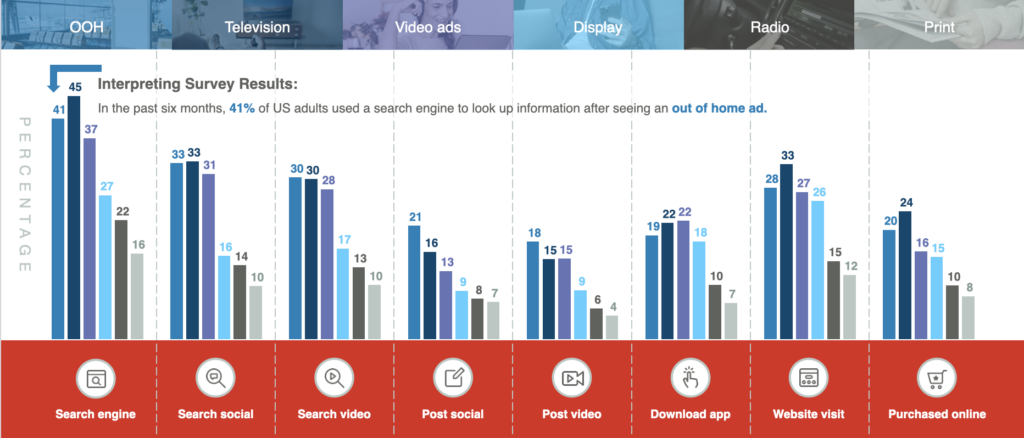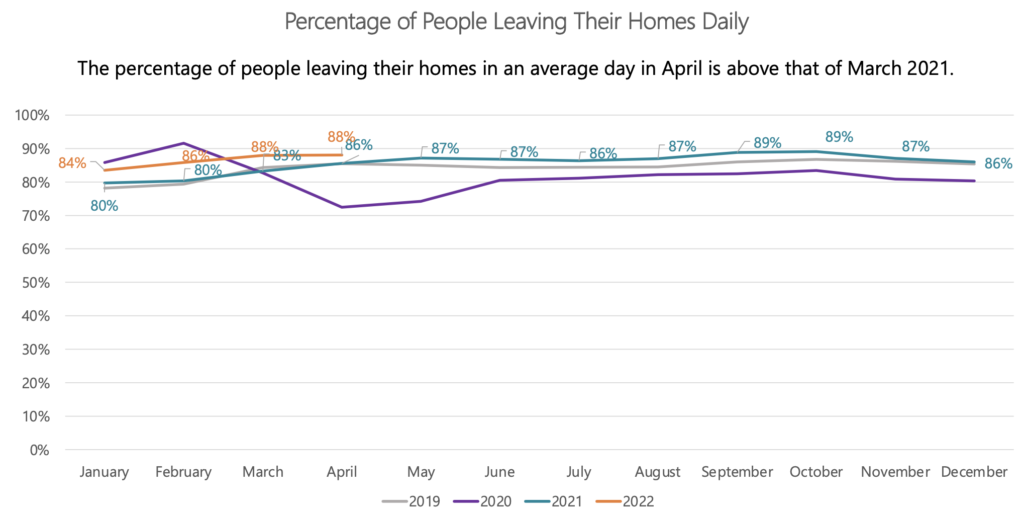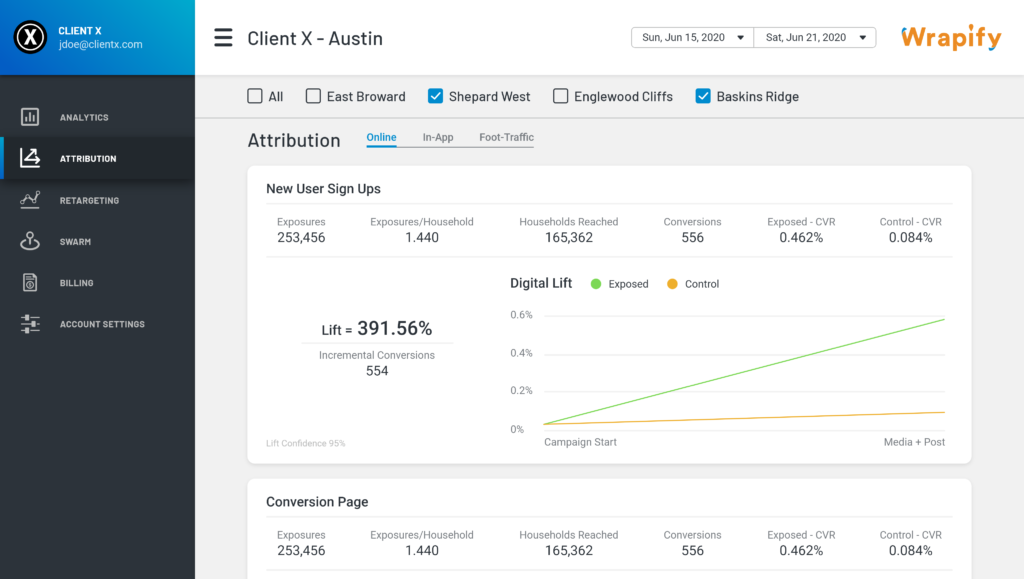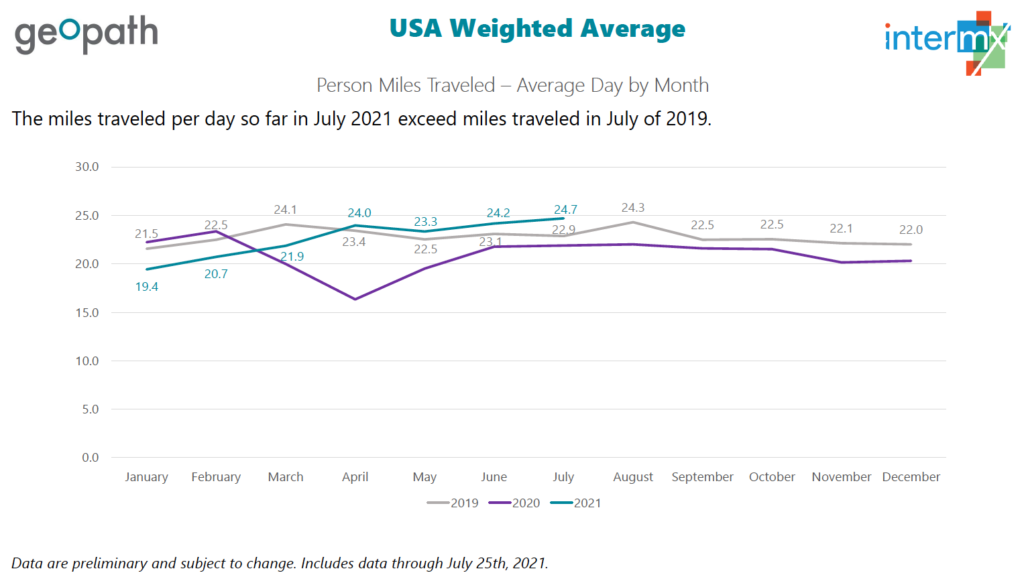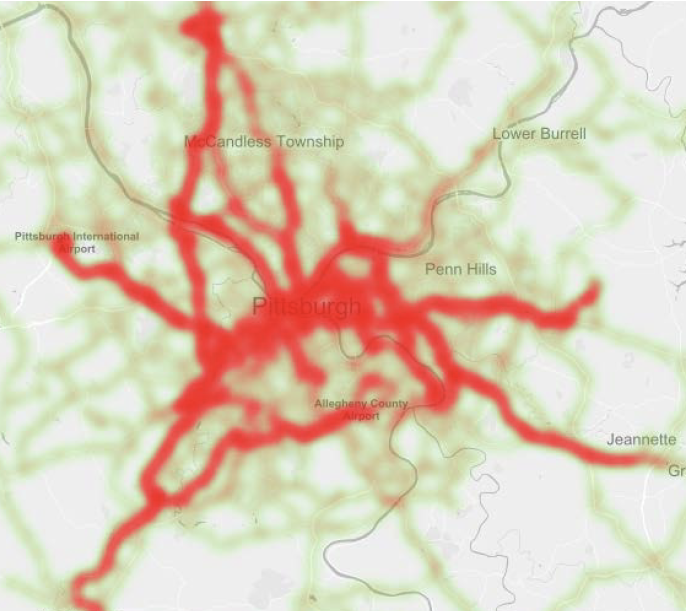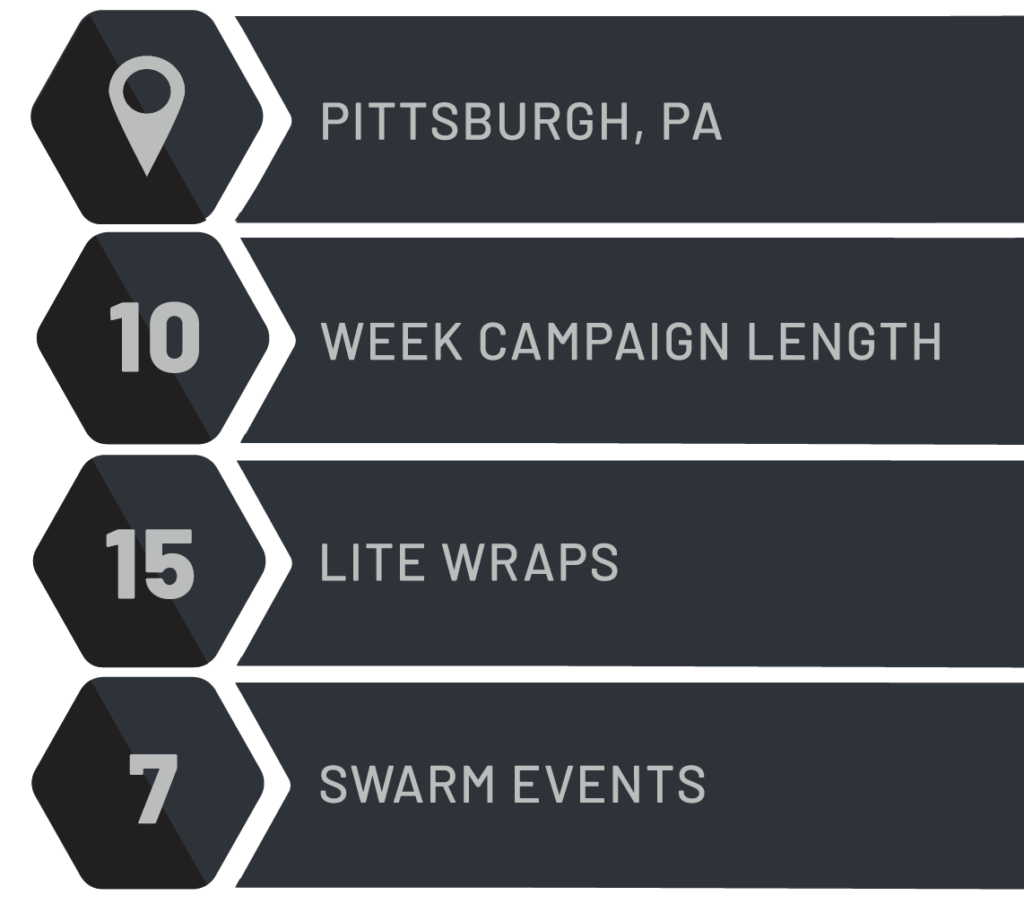While there isn’t such a thing as a “recession proof” business, many brands DO survive, and even thrive, in an economic downturn. Some brands even skyrocket themselves from players to category leaders in times of crisis (We’re lookin’ at you, Zoom).
As marketing leaders, we can play a big role in achieving that success. Daunting? Maybe. Possible? Absolutely! And I’ll let you in on a little secret, CMOs and marketing leaders who spend budgets wisely not only help their business, but the overall economy as well.
This magical combination happens in the world of offline marketing. And by the end, maybe I’ll convince you that offline can also be online, too…🤯
Offline marketing supports the gig economy
In a study done by the Pew Research Center, they found almost 40% of gig drivers are working with two or more apps (Uber, Lyft, DoorDash, etc.). So they’re already overworked, but with gas prices as crazy as they are, they have to get by somehow. That’s why many rideshare and delivery drivers are now looking to offset these costs.
Here comes the marketing magic. We as marketers want to be at the center of customer experiences, right? Well, these experiences are happening right alongside the gig economy. That’s why, in the last few years, offline advertising vendors entered this space. Recently acquired Play Octopus (now T-Mobile Marketing Solutions) offers free tablets to gig drivers, promising them higher ratings and better tips. But the tablets also provide, you guessed it, options for advertisers to have a personal one-to-one engagement with a potential customer.
Marketing via the gig economy can also be done one-to-many. Vehicle car wraps offer amazing exposure for brands, while also helping drivers earn passive income. Wrapify is the pioneer in this space, reaching 500,000+ ride share and delivery drivers nationwide and paying out $1.4M to drivers just last year. The brands we’ve worked with – Amazon, Zoom, and Petco (to name a few) – have all had their marketing dollars go directly into the pockets of the gig-economy.
…and the retail economy
While this option may only seem applicable for brands with brick & mortar locations, don’t rule it out just yet. Even e-commerce-driven brands have explored retail as a way to reach new customers. The introduction of retail locations from companies like Warby Parker and Quay have proven that online and offline sales channels are a great mix.
I myself was a bit surprised to find out that 85% of retail sales happened offline, even in 2021. And with retail, comes jobs. Again, in an economy where many of us require more than one job to make ends meet, retail is a great option for people looking for part-time work.
So what does this have to do with offline marketing? Well, one of the most effective methods of offline marketing happens to be out-of-home (OOH) advertising. And it’s a proven way to help retail locations build brand awareness, increase footfall, AND activate online channels as well (we’ll get into that later). I mentioned this use-case in a recent post if you want to learn more.
Over the last few years, we’ve made huge strides in OOH ad tech. Now, we can use MAIDs (Mobile Ad IDs) to track your exposed audience (people who see your offline marketing) and compare that to a control group (people who have not seen it). Brands like GoHealth Urgent Care have been able to track a 20% lift in retail visits from their exposed audience, a 90% increase compared to the control group.
…and the local economy
As a start-up based in San Diego, an area that’s recently in a high-growth phase, we are always thinking about how we can “help thy neighbor”. I’m sure we are not the only ones! Outside of using local services and vendors, offline marketing also helps spread good will, even outside of your own area.
Unlike running display ads that only send money to Facebook (you’re welcome, Zuck), offline marketing requires experts across many SMBs. From agencies, to designers, to installers, these campaigns are creating jobs in a way that no online format ever has.
If this sounds like more work for you, trust me, it’s not. For example, professionals in OOH have created turn-key services that take your campaign from start to finish efficiently and effectively. While these resources do play into the expenses of OOH, with online activations at 5X-6X above the expected rate, the results really speak for themselves.
Learn more about the intersection of offline and online marketing at wrapify.com/brands.
